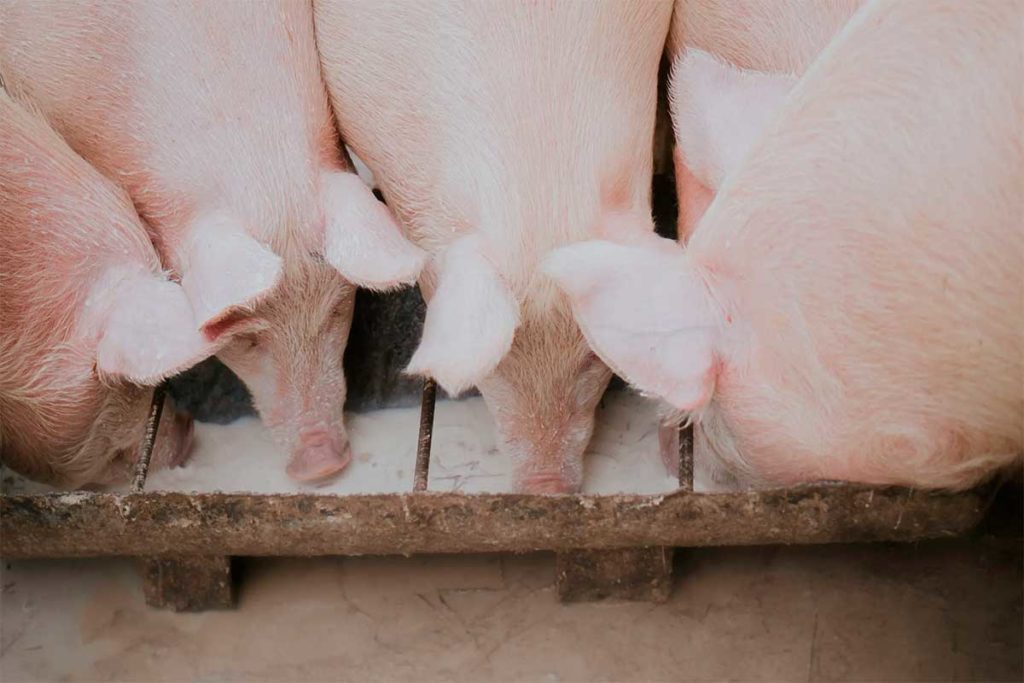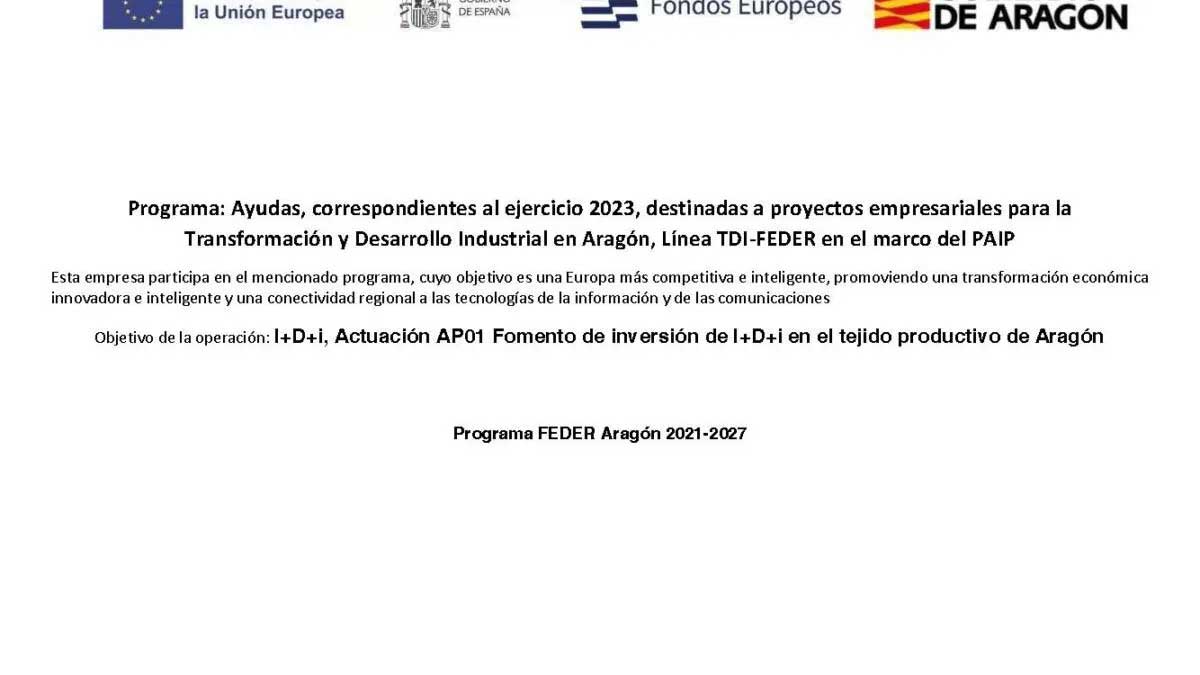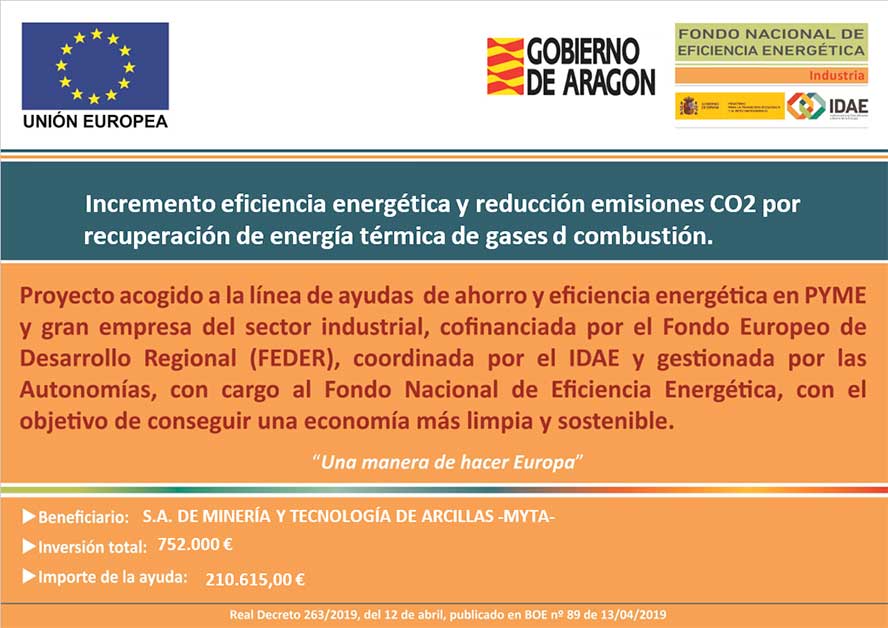Livestock production has known a radical progress due to the good management, the improvement of the nutrition and improvements in animal welfare. However, limiting factors may impede to reach an adequate nutrition, affecting so negatively the health status of the animals and also to the financial status of the farm. Among these factors the most common is the presence of mycotoxins in raw materials. Specialists in animal nutrition consider that the elimination of these metabolites in the raw material of diets is a new challenge to improve the animal nutrition in particular and the animal production in general.
What are MYCOTOXINS?
Mycotoxins are secondary metabolites and humans, which result in illnesses and economic losses.


Aflatoxins B1, produced by Aspergillus flavus and Aspergillus parasiticus are the most toxic, mutagenic and is classified by the World Health Organization and the International Agency for Research on Cancer as a group 1 carcinogen.
Negative effects of Aflatoxins B1 on animals:

- On monogastrics: Aflatoxins B1 target many organs, tissues and systems of the animal, reducing animal performance. Thus, the negative effects of aflatoxin B1 on both chicken and pigs have been demonstrated in numerous studies.
- On ruminants: Ruminants are less known for their sensitivity to the negative effects of mycotoxins than are non-ruminants. However, production (milk, beef, or wool), reproduction, and growth can be altered when ruminants consume mycotoxins-contaminated feed for extended periods of time.
Adsorbents of aflatoxins
The application of preventive practices to control mycotoxins in general and aflatoxin in particular are not always effective to reduce their toxicity. Mycotoxins adsorbents are considered as one of the most effective strategies for mycotoxins control.
Sepiolitic clay from MYTA is a technological additive 100% natural that is registered in the European Union under no. E 563 and is marketed under the trade name of ADCLAY for animal feed. Studies demonstrated that this additive is capable to adsorb aflatoxin B1 with a high affinity and great stability, which indicates that its addition to feed contaminated with aflatoxins is effective to avoid their absorption in the gastrointestinal tract of the animal: the toxin-adsorbent complex passes through the gastrointestinal tract and is eliminated in the feces.
If you wish to receive more in-depth information, please contact us at myta@samca.com or fill our contact form.







